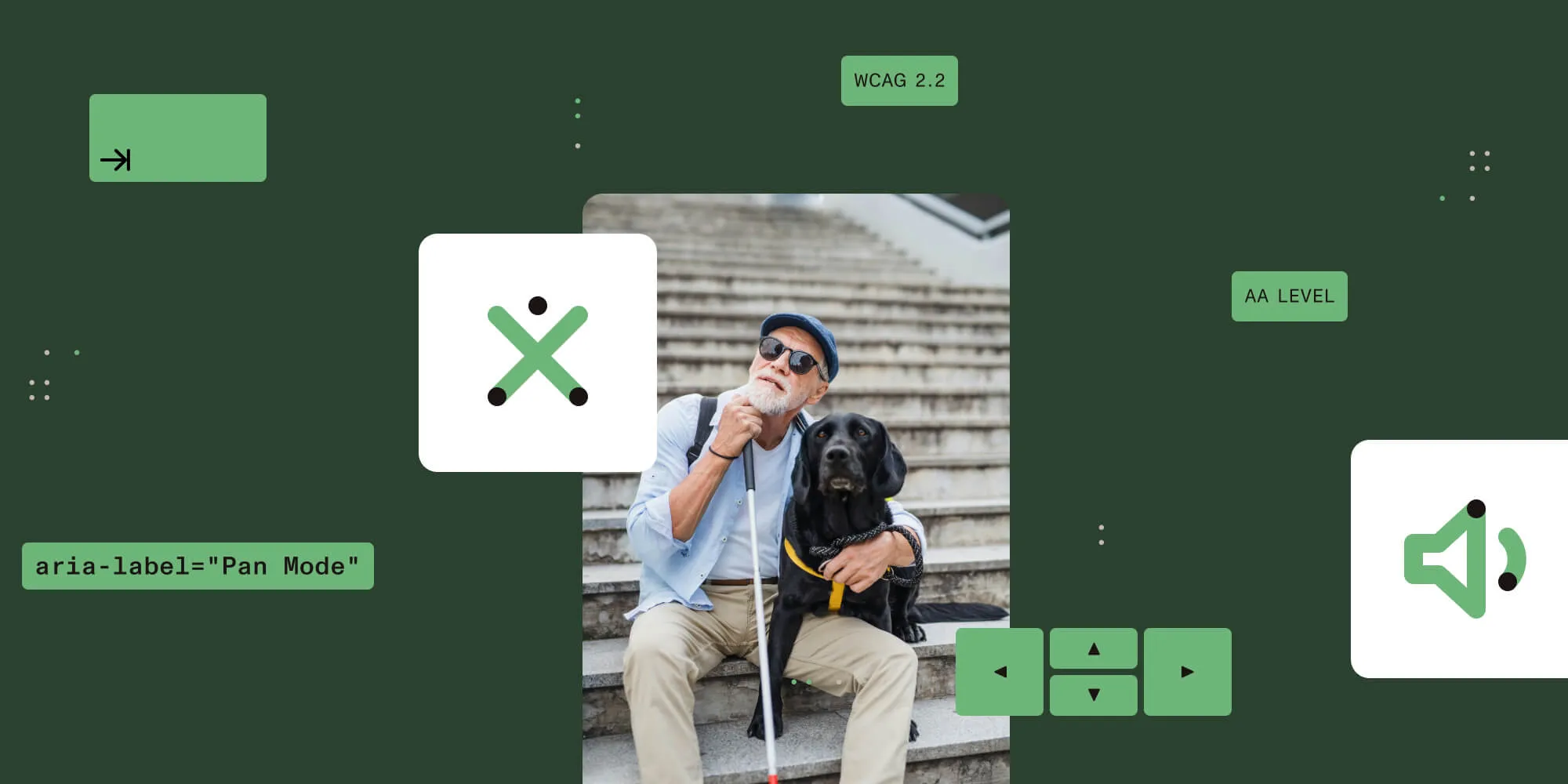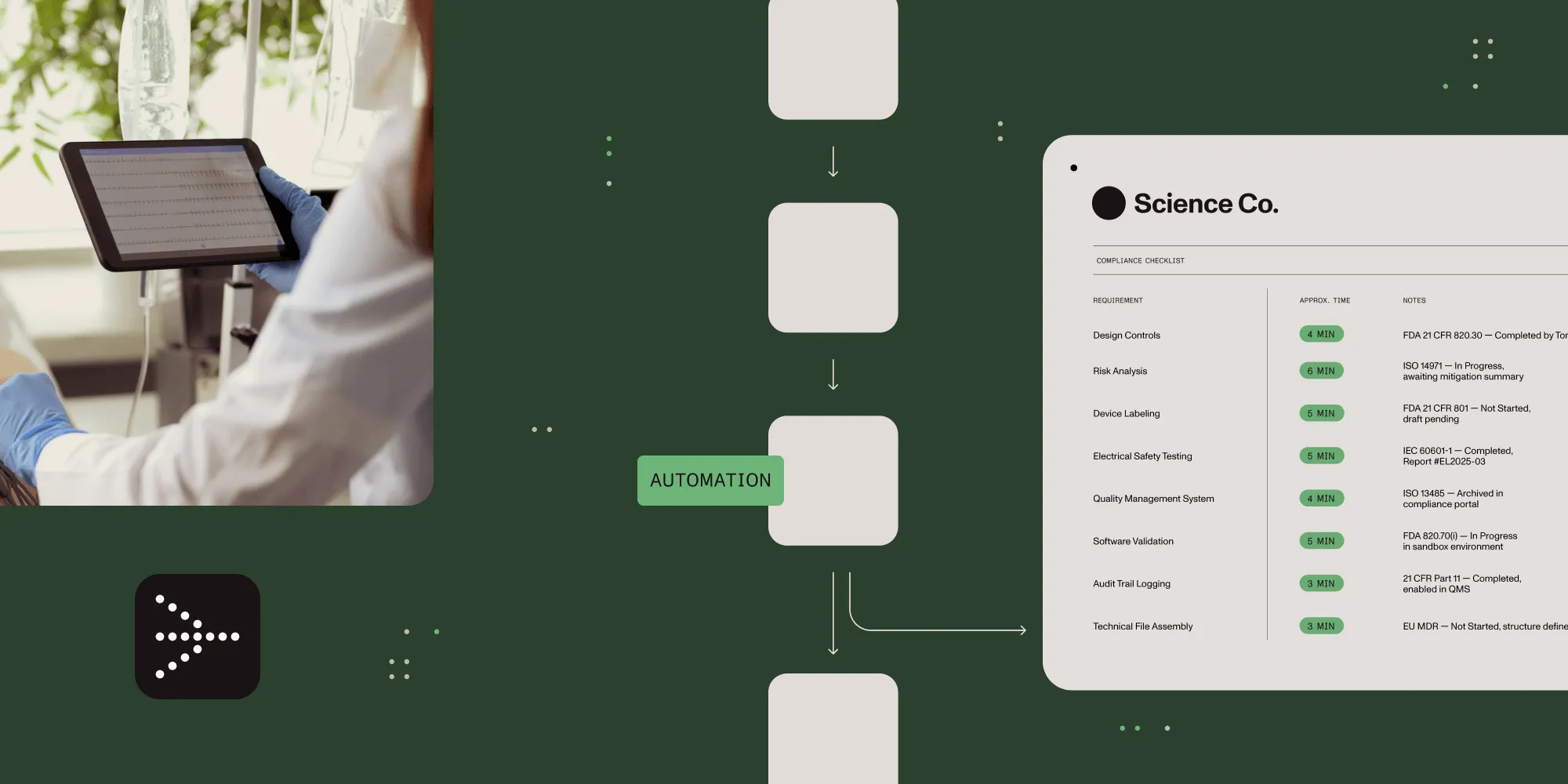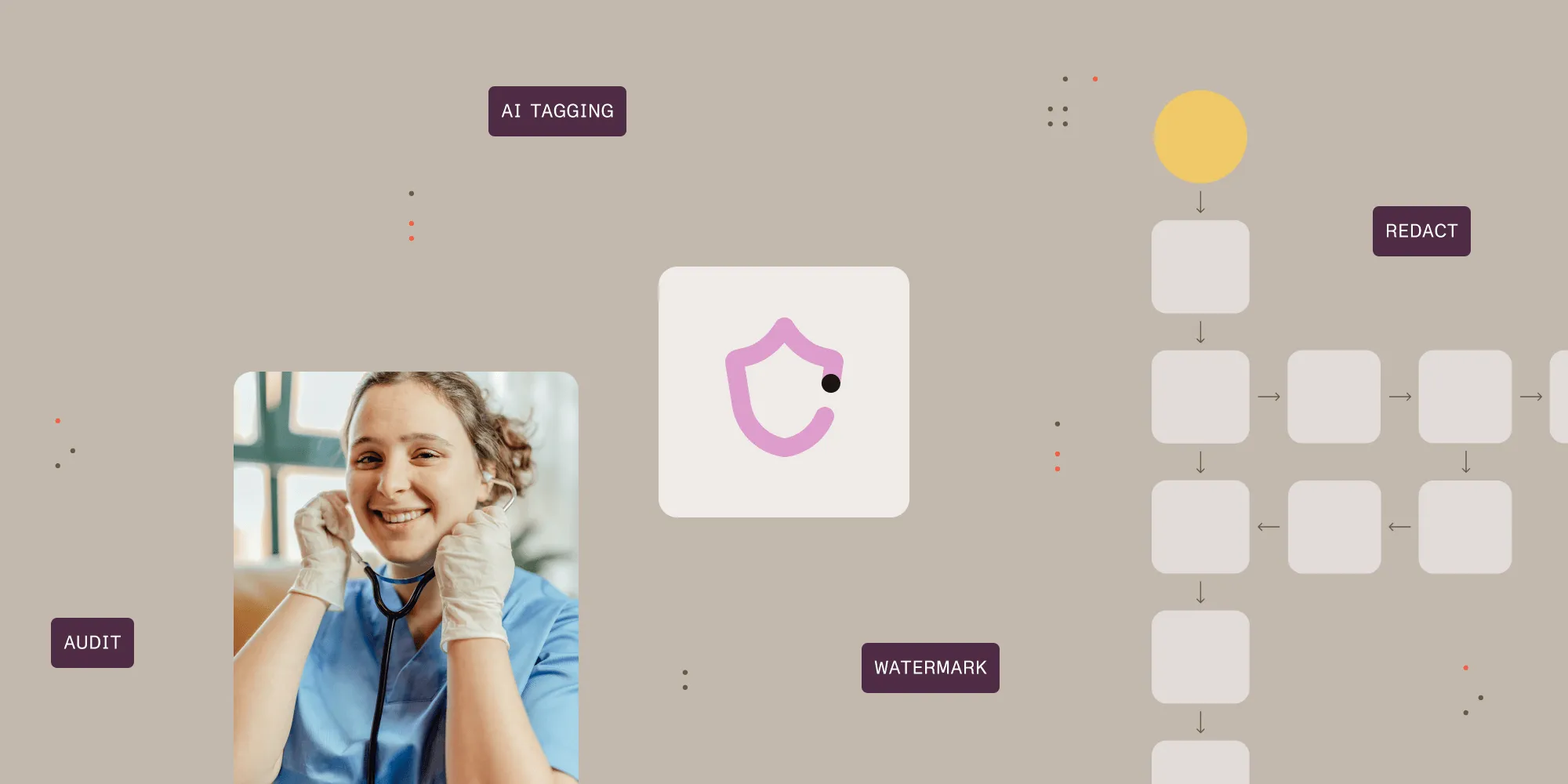A 2025-ready blueprint for accessible documents, and why WCAG 2.2 is core to Nutrient

On 28 June 2025, the European Accessibility Act (EAA) will shift from warm words to hard enforcement. Any digital service offered to European consumers — websites, mobile apps, e-readers, ticketing kiosks, and even self-service checkouts — must prove WCAG 2.1 AA conformance or face six-figure fines, product withdrawal, or both.
North America is hardly quieter. More than 4,000 ADA lawsuits(opens in a new tab) targeting digital experiences landed in 2024, driven largely by New York and California courts. Public schools now have one academic year to hit WCAG 2.1 AA before the 24 April 2026 federal deadline. Accessibility is now table stakes.
Procurement requirements have adapted to reflect this new reality. The very first line in many RFPs now reads plainly: “Attach your VPAT.” Without a valid VPAT, vendors are excluded from the initial pool and won’t be considered for the shortlist of qualified suppliers.
The compliance wave is global, but the opportunity is bigger:
- 7 in 10 shoppers with a disability abandon a site when they hit an accessibility roadblock(opens in a new tab).
- 94.8 percent of the top million home pages still fail automated WCAG checks(opens in a new tab) — meaning any team that fixes the basics immediately outruns the pack.
- Companies that excel at disability inclusion are four times more likely to outperform peers(opens in a new tab) on total shareholder return.
Accessibility is no longer a cost center; it’s revenue protection, market expansion, and brand resilience wrapped into one.
The standards that decide your next deal
| Standard | Scope | 2025-relevant highlights |
|---|---|---|
| WCAG 2.2 | Web content and any document rendered in a browser | Adds nine new success criteria, including focus not obscured (2.4.11 AA), drag movements (2.5.7 AA), target size (2.5.8 AA), redundant entry (3.3.7 A), and accessible authentication (3.3.8 AA). |
| WCAG2ICT | Maps WCAG 2.x to non-web documentation and software | Clarifies how PDF, Word, and native apps can claim WCAG conformance. |
| PDF/UA (ISO 14289) | Tagged PDFs, forms, annotations | Ensures reliable reading order, alt text, Unicode text, and programmatic form labels. Critical for statements, contracts, and eBooks. |
| WAI-ARIA 1.2 | Semantic glue for custom user interfaces (UIs) | Roles, states, and live-region patterns that keep rich toolbars, popovers, and drag-and-drop functionality usable with keyboards and screen readers. |
| VPAT 2.5 | Procurement shorthand | Maps your product to WCAG, Section 508, EN 301 549. Clearly documents compliance and gaps for full transparency. |
What changed between WCAG 2.1 and 2.2?
- Focus indicators must now be visible and not obscured by sticky headers or chat widgets (2.4.11 / 2.4.12).
- Touch targets need a minimum 24×24 CSS pixels, unless spacing compensates (2.5.8).
- Dragging movements (e.g. reordering pages) must have a single-pointer fallback — good news for users with tremor-related motor limits (2.5.7).
- Redundant entry bans making users retype data already provided in the same process (3.3.7).
- Accessible authentication requires login flows that don’t rely solely on “puzzle-CAPTCHA” or remembering character sequences (3.3.8/9).
If your document viewer or editor incorporates features such as drag-to-resize, infinite scrolling, or off-canvas sidebars, achieving WCAG 2.2 compliance involves more than simple CSS adjustments; it requires careful consideration of event handling, component libraries, and authentication architecture.
Why accessibility equals growth
Accessibility’s business case usually starts with lawsuits, but more persuasive numbers are on the growth side:
- $24.8 billion in UK online spending alone is controlled by customers with access needs(opens in a new tab).
- The so-called Purple Pound — the global disposable income of households with accessibility needs — exceeds $13 trillion(opens in a new tab).
- Removing the six most common WCAG failures (low contrast, missing alt text, empty links, missing form labels, empty buttons, missing language) would eliminate 96 percent of detected errors on the web today(opens in a new tab). Fixing a very small subset of issues captures a very large slice of the market.
Accessible design is closely linked to improved user experience (UX) for all users. Features such as larger interactive areas, enhanced focus indicators, and streamlined authentication processes benefit everyone. This “curb-cut” effect transforms accessibility compliance from a cost into a valuable usability advantage.
Where document workflows break and how to keep them whole
| Pitfall | Why it happens | Guardrail |
|---|---|---|
| Legacy PDFs | Millions of untagged statements and reports | Batch auto-tag headings, lists, and tables. Reserve human review for complex charts and alt text. |
| Custom widgets | Drag handles and floating toolbars hijack focus | Adopt component libs that expose ARIA roles and state by default, or choose a headless SDK that ships with tested patterns. |
| Overreliance on automation | Scanners only catch ~30 percent of failures | Pair Lighthouse/aXe/WAVE with manual NVDA and VoiceOver runs. Test keyboard-only paths for every milestone. |
| Process drift | Redesign overrides color contrast and focus order | Add accessibility linting to PRs, require post-merge scans in CI, and block deployment on regressions. |
| No evidence | Sales loses deals for lack of VPAT or a screen reader demo | Keep a signed VPAT 2.5 and short demo video handy; refresh every six months. |
How Nutrient collapses months of work into minutes
Nutrient Web SDK was rebuilt around accessibility, not retrofitted with accessibillity as an afterthought. Some examples of this include:
- WCAG 2.2 AA baked in
Logical focus order, color-contrast tokens, prefers reduced-motion fallbacks, keyboard parity for every toolbar action. - Self-assessed VPAT 2.5
Audited with Level Access; procurement team questions answered on day one. - Zero-config install
Drop<nutrient-viewer>into your page; WCAG coverage is on by default. - Rich feature depth
Screen reader-aware annotations, document-defined widget and annotation tab order that matches Adobe, plus localization hooks for 30+ languages.
No hidden aria-attributes to debug. No brittle CSS overrides. Your team focuses on business logic, not on chasing skipped-heading alerts.
Future-proofing: Beyond the 2025 cliff
Here’s what the industry foresees for accessibility tools moving forward:
- WCAG 3.0 (“Project Silver”)
A draft(opens in a new tab) suggests outcome-based scoring, wider disability coverage, and color-contrast rethink. Smart teams track drafts now to avoid surprise rewrites. - PDF/UA-2
In development to align with PDF 2.0; expect stricter form and annotation semantics. - AI assist
Computer vision for first-pass alt text, language-models that summarize complex tables for screen reader users. Human oversight remains vital, but productivity gains are real. - Personalization (WAI-Adapt)
Metadata that lets users replace complex wording or symbols with familiar synonyms, or swap icons for text. Accessibility will move from “one size fits all” to “my size fits me.” - Edge devices
Smart glasses and voice agents will read documents out loud. Semantics you embed today become the UX foundation tomorrow.
Nutrient’s roadmap already tracks these futures so you can expect fluid-layout reflow, WCAG 3.0-ready color tokens, and AI alt-text hooks in 2026.
The takeaway
Accessibility has crossed the line from “nice-to-have” to a system requirement. The 2025 regulatory crunch makes non-compliance visible and costly, but the larger prize is the untapped audience and brand lift that inclusive design unlocks.
You can sprint through a last-minute remediation, or you can adopt tooling, processes, and a culture that make every new document born accessible. Nutrient exists for the latter: WCAG 2.2 baked into the SDK core, evidence on paper for procurement, and a headless model that keeps your brand intact.
The deadline won’t move, but your roadmap can. Let’s give every user the document experience they deserve and turn compliance into competitive advantage.
Questions? Contact us — let’s make 2025 the year your documents meet everyone where they are.







